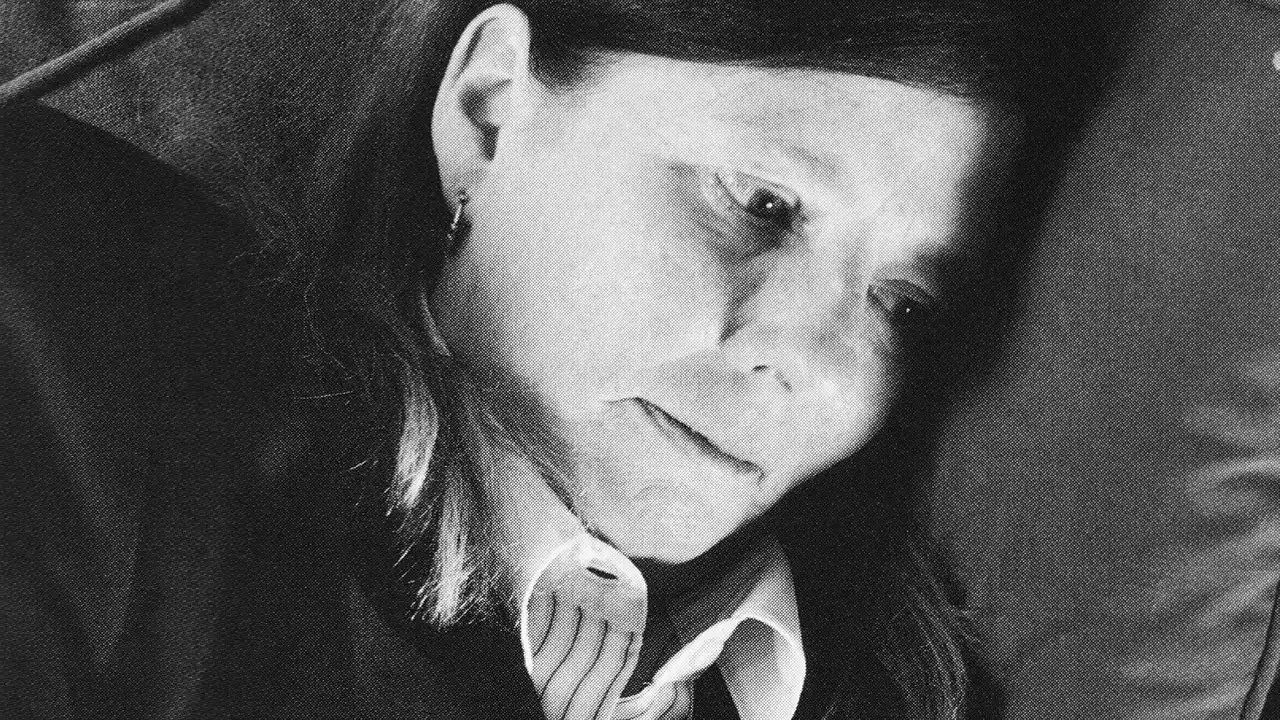From 1999: Elsa Walsh on the strange relationship between John W. Hinckley, Jr.—President Ronald Reagan’s would-be assassin—and Leslie deVeau, who murdered her own daughter. The two met under psychiatric care in St. Elizabeth’s Hospital.
St. Elizabeths Hospital, in Washington, D.C., the nation’s largest and most famous public institution for the mentally ill, has a gracious beauty: red brick buildings, large magnolia trees, and wide lawns stretching out over three hundred and thirty-six acres. From the hospital’s inception, in 1855, by the reformer Dorothea Dix, the grounds were seen as an essential ingredient in the treatment of mental illness.
I met deVeau for the first time more than a year ago, in a conference room at Dickstein, Shapiro, Morin & Oshinsky, the Washington law firm that represents John Hinckley. Hinckley has not talked to the press for years and declined to be interviewed for this account, but deVeau, who, despite frequent requests, had never spoken to a reporter, agreed to talk to me.
On August 5, 1982, after three months in a private hospital, deVeau appeared in District of Columbia Superior Court, where she was formally charged with first-degree murder. The murder, five months earlier, had been the subject of intense media coverage , and prosecutors were scornful of the expected insanity defense.
Blumberg concluded that deVeau had been deeply psychotic and was not criminally responsible. He also found himself surprisingly affected by her. “My youngest son was born in January of 1982, and I had a four-year-old child,” he said. “It was very difficult to maintain one’s clinical distance from this.
DeVeau knew that any hint of suicidal tendencies would mean around-the-clock monitoring, so she told no one about the incident. The next day, she attended a Halloween party in one of the men’s wards. The patients wore half-masks, and deVeau noticed that one man kept approaching her and then retreating. He introduced himself by his first name—John. “I’d ask you to dance if I danced,” deVeau recalled his saying. She removed her mask and started to speak.
On December 20, 1982, deVeau was taken to D.C. Superior Court, and there the chief judge accepted the conclusion reached by doctors for both the prosecution and the defense: that at the time of the shootings she had suffered from paranoid schizophrenia. The judge committed her to an indefinite period of treatment.
The day Hinckley returned from the hospital, his nurse let him wait at the door of his ward until deVeau could see that he was O.K. He waved, and the two started a routine of waiting at the door to wave at mealtimes. “It was the thing that got you out of bed every day,” she said. Next, they began secretly taping messages to the underside of the dining-room tables. They signed them “L” and “J” and after a while began to write “I love you.
After a few more questions, Nussbaum returned to deVeau’s supposed new life, saying to McIlroy, “In fact, in your letter—is this your language in this letter of February 4th, ‘The violent acts she committed abruptly terminated one set of problems and left her with a task of accepting her past and making a new life for herself’?”I later asked Nussbaum, who is now a partner in one of Washington’s top law firms, whether he felt that he had been tricked into accepting deVeau’s insanity plea.
The Hinckley-deVeau relationship caused some gossip at St. Elizabeths. But Blumberg, like many at the hospital, came to regard it as important to the treatment of deVeau and Hinckley, whose mental illnesses were said to be marked by seclusion and detachment. She and Hinckley shared similarities in a place where almost everyone around was unlike them. “Basically,” Blumberg said, “they were the only two white people at John Howard Pavilion.
Nussbaum wondered whether there was some secret about human misery that the psychiatrists knew but he could not understand: “Doctor, let me ask you this. How is it—and it gives me no great pleasure to ask this question in front of Ms. deVeau, sitting here. How is it that a woman can essentially kill her daughter and ever be in a position where she is mentally healthy again? How can a person internalize that behavior as something that they have done . . .
In the two years after the shooting, Leslie and her husband, Tony, saw each other twice, and on March 29, 1984, they met in divorce court, where, at one point, Tony deVeau shouted that Leslie had killed his child. She shouted back, “You had a part in it!” At the time of the shooting, Tony deVeau had told a reporter, “I think her problem was life.” He acknowledged in a deposition that his wife had claimed several times to have tried suicide, but he didn’t know whether to believe her.
By mid-1985, doctors at St. Elizabeths reported to the court that deVeau was “ready to be moved into full-time outpatient status,” and the judge agreed. Neither she nor Hinckley viewed her pending departure as a risk to their relationship. He had recently inscribed a copy of his parents’ book, “Breaking Points,” for deVeau’s mother: “I was lost until I found Leslie and everything changed from the day I met her. Leslie made me want to live again and she is now the sunshine of my life.
At Christmas, deVeau and Hinckley exchanged gold ingots on necklaces they had made for each other, which were engraved with a line from a song Hinckley had written: “We will make it somehow.” Hinckley’s behavior during the next five years was messy and complicated. Twice in the late eighties, he appeared to have convinced his doctors that he was well enough to leave the grounds. But each time investigations prompted by court hearings revealed unsettling facts: Hinckley had corresponded with Ted Bundy, the serial murderer; his infatuation with Jodie Foster seemed to endure ; and he’d referred to Charles Manson in a letter as a “cool dude” and a “great prophet.
DeVeau and John fought, too. The fights were usually over “little stuff, stupid things,” but they could result in days of a silent standoff. “I can remember commenting to someone that John was really the first person who ever really hung in there and fought with me,” she told me. Hinckley’s psychological reports suggested that his combativeness was a sign of growth from the days when he would not let others know what he was thinking, or fantasizing about.
Not long after this—deVeau is not sure when—they had sexual relations for the first time. Hinckley, she said, wasn’t embarrassed at his lack of sexual experience; her own sex life had been pretty miserable. “It was more than just exciting, because it was loving,” she told me, and she went on, “I don’t think I can think of a thing that has any meaning to me that I haven’t shared with John.
Over the next couple of years, Hinckley and deVeau settled into a pattern of daily meetings. Then, in March of 1995, Hinckley began a friendship with a young hospital pharmacist named Jeannette Wick, who some say bears a slight resemblance to Jodie Foster. Wick had offered to lend Hinckley some books and invited him into her office to talk. Hinckley excitedly told deVeau about the meeting, and she urged him to develop the friendship.
But the issue wasn’t really resolved. In June of 1997, during a court hearing, Hinckley’s relationship with Wick was cited by Judge June L. Green as a major reason for turning down his request to leave the grounds for field trips. The treatment team reported that there were “profound changes” in Hinckley, and that, while he still suffered mildly from a narcissistic personality disorder , his mental illnesses—his psychotic disorder and major depression—had been in remission for years.
At the time her son made the threat against Bush, Lerner had informed Thomas Polley, who was then the medical director of the John Howard Pavilion. She said she’d told Polley, “ ‘I’m telling you, Tom, because I know what the Service is going to find out. They’re going to find out that John Hinckley is on my ward.’ And Tom said, ‘Don’t worry about it. We’ll take care of it. Everything’s O.K. It’s good you told me. I know your son is not a Presidential assassin.
United States Latest News, United States Headlines
Similar News:You can also read news stories similar to this one that we have collected from other news sources.
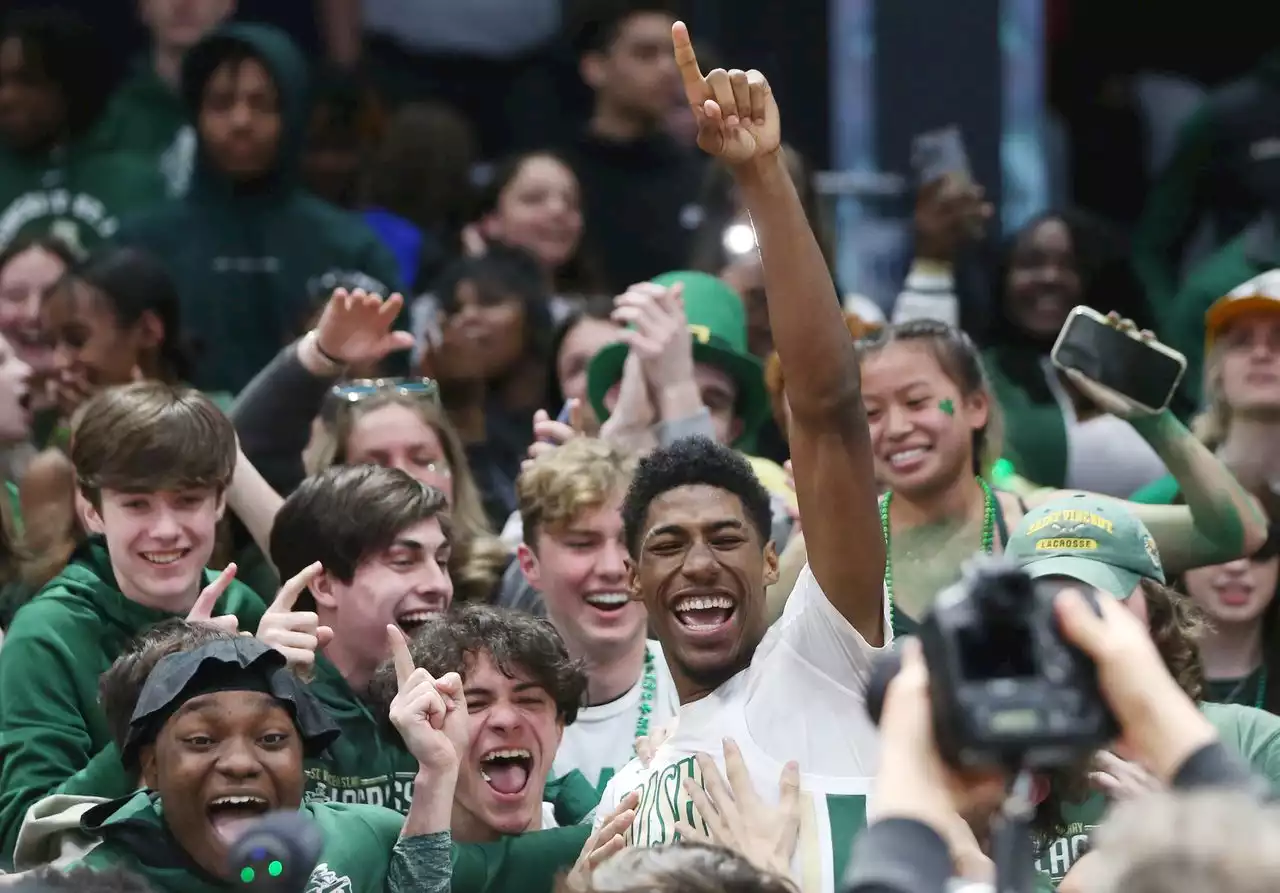 St. Vincent-St. Mary takes OHSAA-record 10th state championship, 63-35 over GilmourNo team has dominated Ohio high school basketball like St. Vincent-St. Mary. The trophy presentation Sunday inside UD Arena at the University of Dayton confirmed it. Congrats to the Fighting Irish!
St. Vincent-St. Mary takes OHSAA-record 10th state championship, 63-35 over GilmourNo team has dominated Ohio high school basketball like St. Vincent-St. Mary. The trophy presentation Sunday inside UD Arena at the University of Dayton confirmed it. Congrats to the Fighting Irish!
Read more »
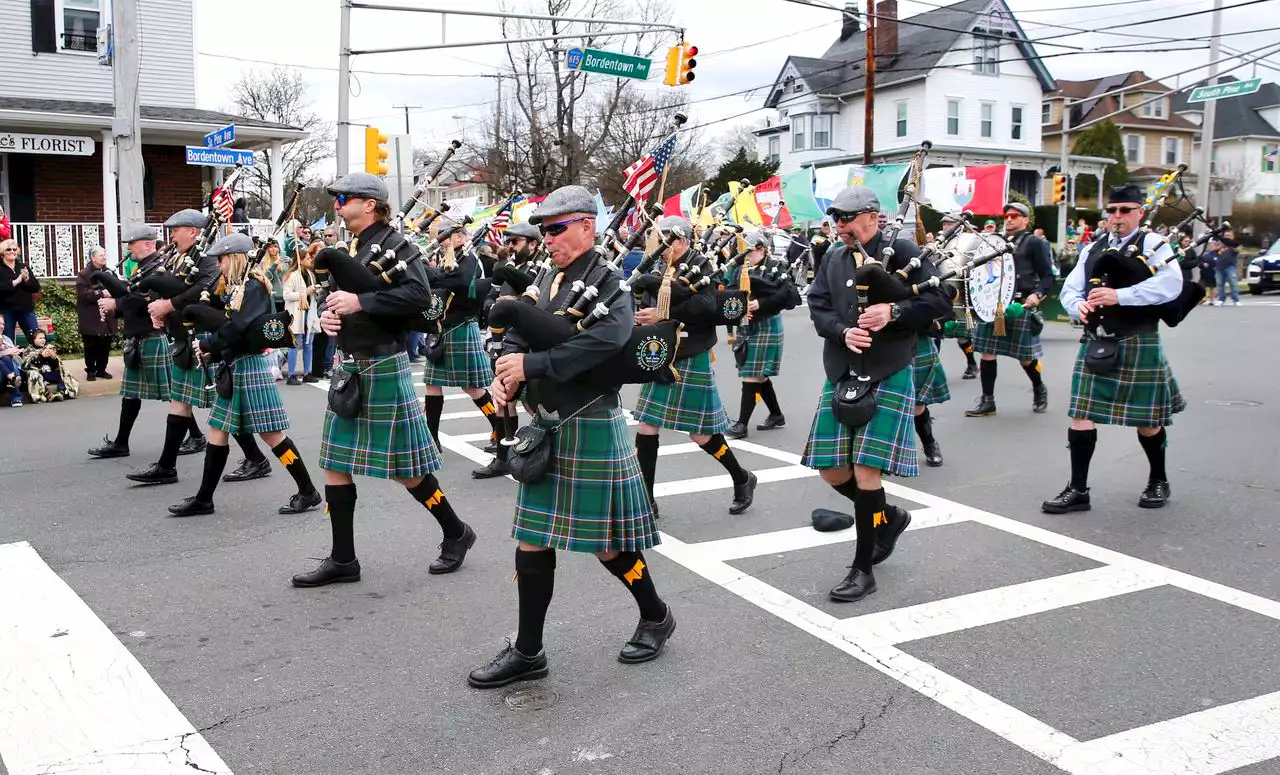 Spring welcomes the return of St. Patrick’s Day Parade in this N.J. city (PHOTOS)Spring welcomes the return of St. Patrick's Day Parade to South Amboy.
Spring welcomes the return of St. Patrick’s Day Parade in this N.J. city (PHOTOS)Spring welcomes the return of St. Patrick's Day Parade to South Amboy.
Read more »
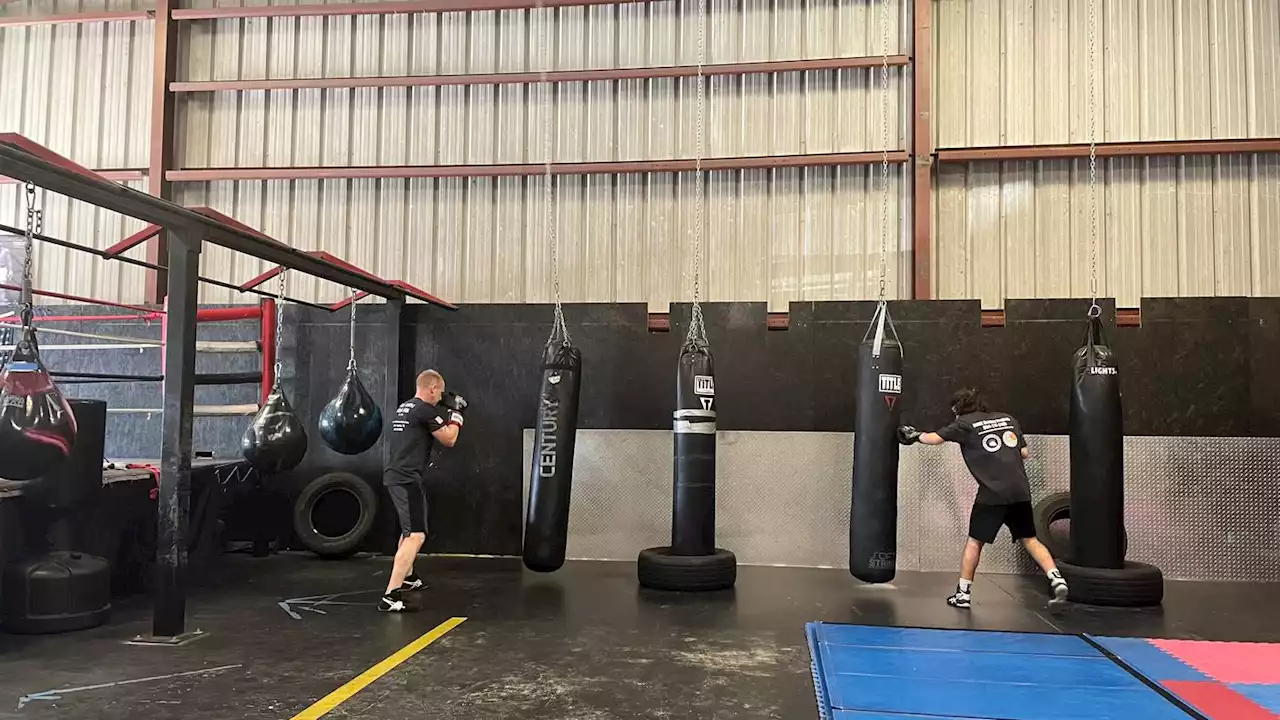 ‘There’s no labels here’: Therapy mixed with boxing to build key life skills in St. AugustineTwo local organizations have teamed up to create a therapeutic approach to boxing.
‘There’s no labels here’: Therapy mixed with boxing to build key life skills in St. AugustineTwo local organizations have teamed up to create a therapeutic approach to boxing.
Read more »
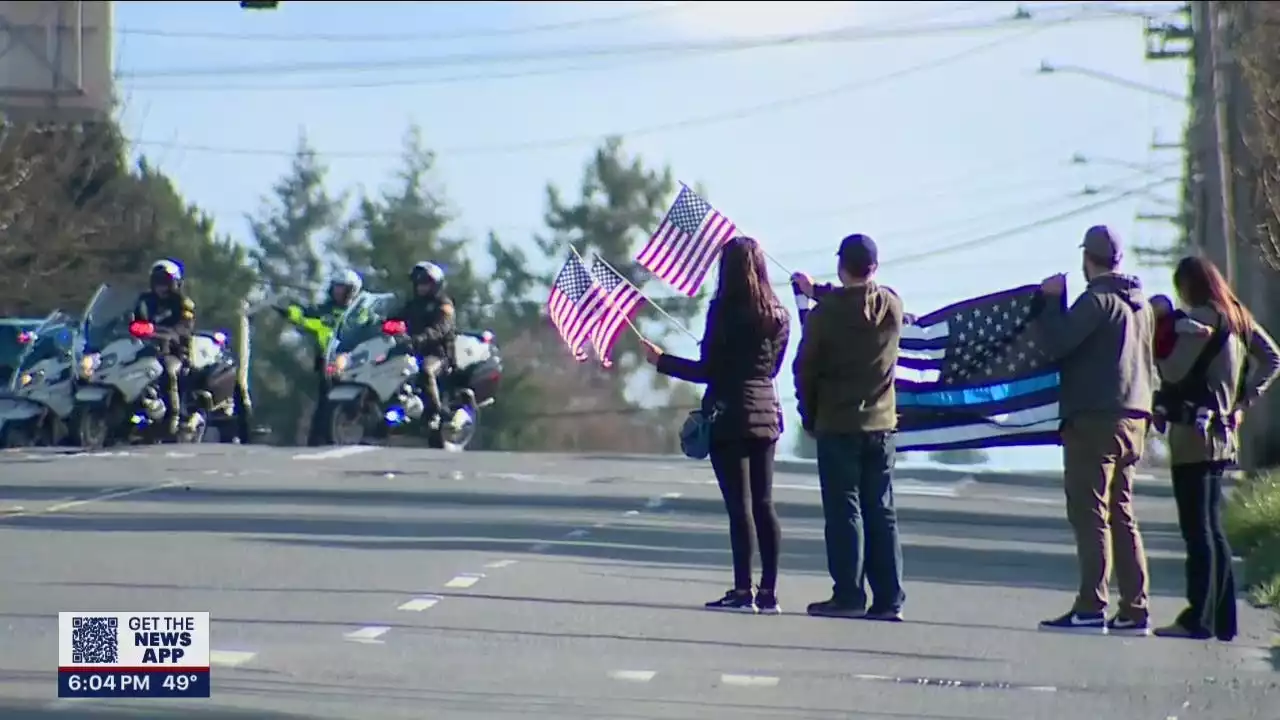 Remains of fallen deputy transported from St. JosephThin blue line flags flew high in honor of Deputy Dom Calata late Saturday afternoon, as his body was transported from St. Joseph Hospital. FOX13
Remains of fallen deputy transported from St. JosephThin blue line flags flew high in honor of Deputy Dom Calata late Saturday afternoon, as his body was transported from St. Joseph Hospital. FOX13
Read more »
 Asian shares fall after Wall St gain as markets eye UkraineAsian stock markets are lower after Wall Street's biggest weekly gain in 16 months as investors watch efforts to negotiate an end to Russia’s war on Ukraine
Asian shares fall after Wall St gain as markets eye UkraineAsian stock markets are lower after Wall Street's biggest weekly gain in 16 months as investors watch efforts to negotiate an end to Russia’s war on Ukraine
Read more »
 This Week in Houston Food Events: Everything Bagel Ice Cream and a St. Germain BrunchHere's a look at this week's hottest culinary happenings: Monday, March 21 Everything Bagel ice cream at Jeni's Splendid Ice Creams Making its much anticipated return, Jeni’s Everything Bagel ice cream will be available while supplies last. The cult favorite features dense, salty, and barely sweet cream cheese ice cream...
This Week in Houston Food Events: Everything Bagel Ice Cream and a St. Germain BrunchHere's a look at this week's hottest culinary happenings: Monday, March 21 Everything Bagel ice cream at Jeni's Splendid Ice Creams Making its much anticipated return, Jeni’s Everything Bagel ice cream will be available while supplies last. The cult favorite features dense, salty, and barely sweet cream cheese ice cream...
Read more »
